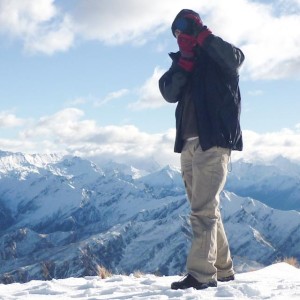
Masada (Hebrew for fortress), is situated atop an isolated rock cliff at the western end of the Judean Desert, overlooking the Dead Sea. It is a place of rocky, arid appearance but has majestic beauty.
On the east the rock falls in a sheer drop of about 450 meters to the Dead Sea (the lowest point on earth, some 400 m. below sea level) and in the west it stands about 100 meters above the surrounding terrain. The natural approaches to the cliff top are very difficult.
Some 75 years after Herod’s death, at the beginning of the Revolt of the Jews against the Romans in 66 CE, a group of Jewish rebels overcame the Roman garrison of Masada. After the fall of Jerusalem and the destruction of the Temple (70 CE) they were joined by zealots and their families who had fled from Jerusalem. With Masada as their base, they raided and harassed the Romans for two years. Then, in 73 CE, the Roman governor Flavius Silva marched against Masada with the Tenth Legion, auxiliary units and thousands of Jewish prisoners-of-war. The Romans established camps at the base of Masada, laid siege to it and built a circumvallation wall. They then constructed a rampart of thousands of tons of stones and beaten earth against the western approaches of the fortress and, in the spring of the year 74 CE, moved a battering ram up the ramp and breached the wall of the fortress.

The defenders – almost one thousand men, women and children – led by Eleazar ben Ya’ir, decided to burn the fortress and end their own lives, rather than be taken alive.
The Zealots cast lots to choose 10 men to kill the remainder. They then chose among themselves the one man who would kill the survivors. That last Jew then killed himself.
For more information about Masada
- 2014-03-30 – Dead Sea – Masada
- Masada – Synagogue
- Masada – Background
- Masada – Palace Steps
- Masada – Roman Camps
- Masada – View from the Cable Car
- Masada – Views of the Dead Sea
